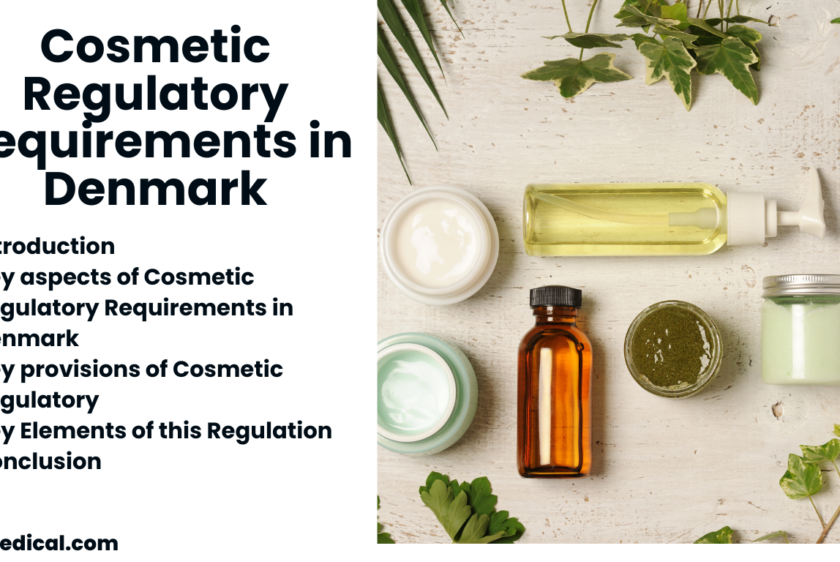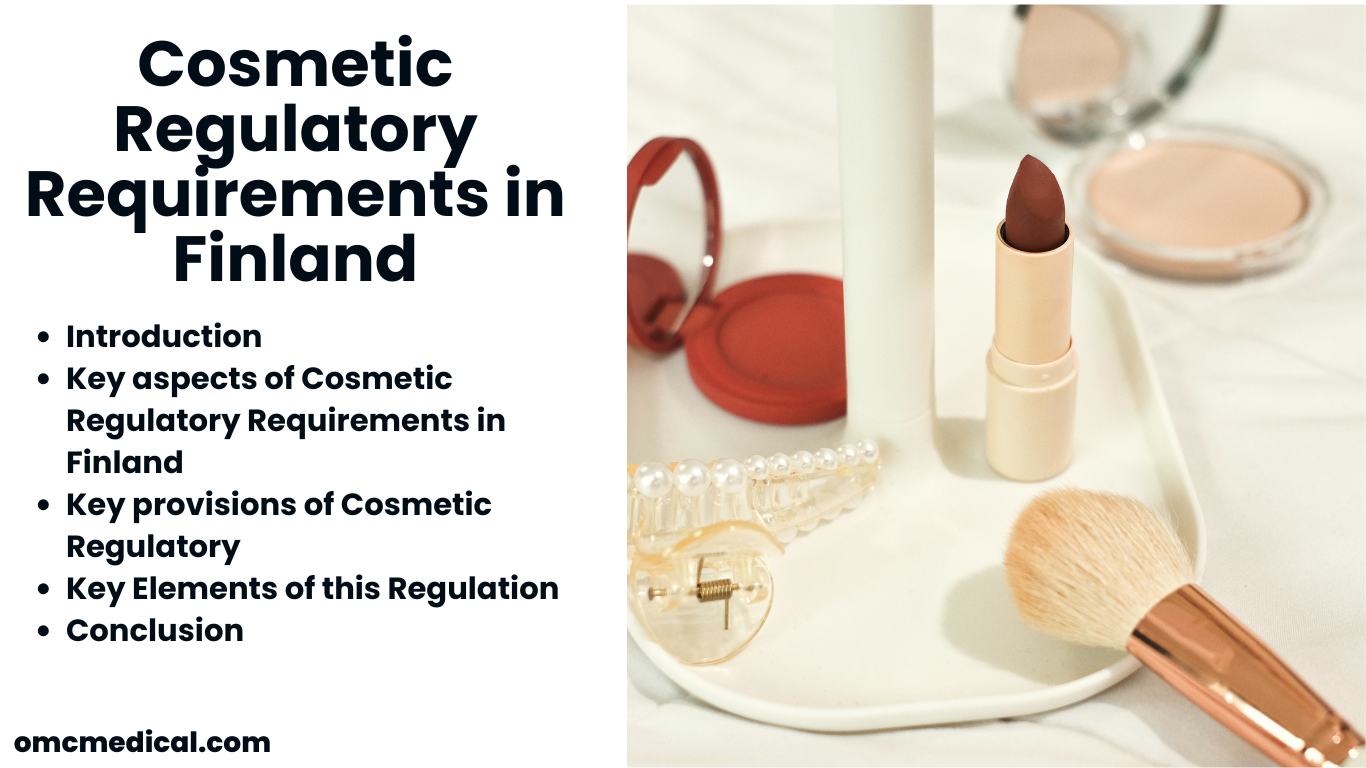Cosmetic Regulatory requirements in Denmark adheres to the EU regulation (Regulation (EC) No 1223/2009). The Danish Environmental Protection Agency (EPA) is the responsible authority for cosmetic regulations and compliance.
Danish Environmental Protection Agency (EPA)
The Danish EPA is the regulatory authority responsible for the oversight of cosmetic products in Denmark. The EPA ensures that products on the Danish market comply with the EU regulation and conducts market surveillance to enforce compliance. The EPA also provides guidance to companies on regulatory requirements and best practices.
Language Requirements
According to the EU Cosmetics Regulation, all mandatory information on the labels of cosmetic products sold in Denmark must be in Danish. This ensures that consumers can clearly understand the product information, usage instructions, and any warnings or precautions.
Market Surveillance
The Danish EPA conducts regular market surveillance to verify compliance with cosmetic regulations. This includes checking labelling, reviewing PIFs, and sampling products for testing. Non-compliant products may be subject to enforcement actions, including fines or removal from the market.
Reporting Adverse Effects
Manufacturers, importers, and distributors must report any serious undesirable effects of their products to the Danish EPA. Consumers and healthcare professionals can also report adverse effects, which helps the agency monitor the safety of cosmetic products on the market.
Consumer Safety
The safety of consumers is a top priority in Denmark. The Danish EPA monitors adverse effects reported by consumers and professionals. Companies are required to report serious undesirable effects (SUEs) to the EPA. This monitoring helps identify potential risks and take necessary actions to protect public health.
Public Information
The Danish EPA provides information and resources to consumers and businesses regarding cosmetic safety and regulations. This includes guidelines on the safe use of cosmetic products, updates on regulatory changes, and educational materials.
Sustainability and Environmental Considerations
Denmark places a strong emphasis on environmental sustainability. The Danish EPA encourages the use of environmentally friendly ingredients and packaging in cosmetic products. Companies are urged to consider the environmental impact of their products and to adopt sustainable practices.
Key Provisions of the Cosmetic Regulatory Requirements in Denmark
The Regulation (EC) No 1223/2009 on cosmetic products, which came into effect on July 11, 2013, replaced the Cosmetics Directive 76/768/EEC. The main objectives of this regulation are to ensure the safety of cosmetic products and to streamline the requirements across the EU member states.
Key Elements of this Regulation include
Safety Assessment
Before a cosmetic product can be placed on the market, it must undergo a safety assessment conducted by a qualified safety assessor. The safety report is part of the Product Information File (PIF).
Product Information File (PIF)
Every cosmetic product must have a PIF, which includes detailed information about the product, such as the safety assessment, product description, manufacturing method, proof of the effects claimed, and data on any animal testing performed.
Notification
Cosmetic products must be notified to the EU Cosmetic Products Notification Portal (CPNP) before being marketed. This centralized database is accessible to competent authorities for market surveillance and emergency purposes.
Labelling
The product label must include the name and address of the responsible person, the country of origin for imported products, the nominal content, the date of minimum durability, precautions for use, the batch number, the product’s function, and a list of ingredients.
Cosmetic Good Manufacturing Practices (GMP)
Compliance with Good Manufacturing Practices, as outlined in ISO 22716, is mandatory to ensure the quality and safety of cosmetic products.
Nanomaterials
Special provisions apply to nanomaterials used in cosmetics, including specific labelling requirements and notification to the European Commission.







